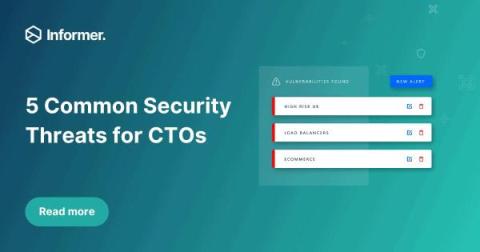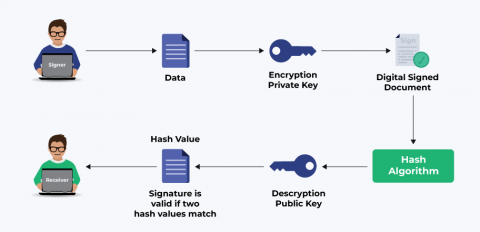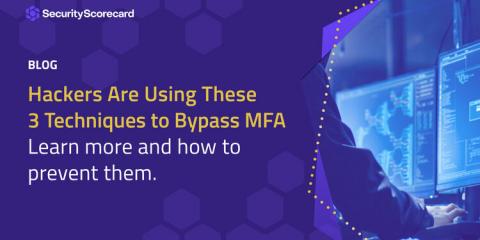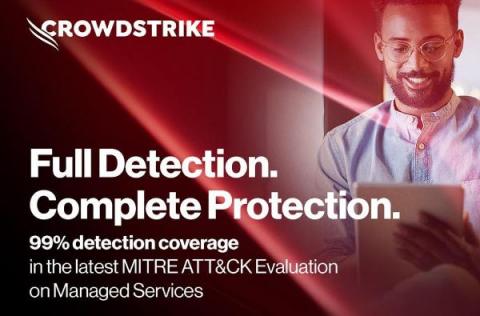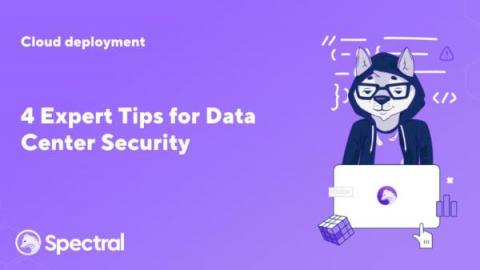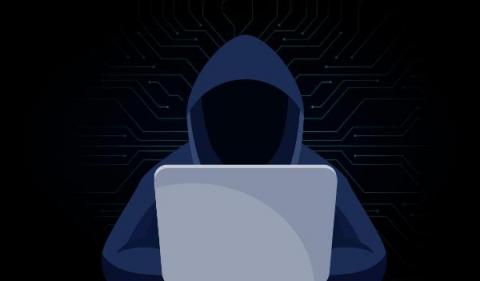Going Mobile: BEC Attacks Are Moving Beyond Email
Recently, we’ve noticed an increase in user reports of SMS-based Business Email Compromise (BEC) messages. This seems to be part of a wider trend as phishing scams via text messages surge. The Federal Communications Commission (FCC) observed an increase in unsolicited text messages, with 2022 practically tripling the number of phishing texts reported to the FCC in 2019. Phishing scams are prevalent in the SMS threat landscape, and now, BEC attacks are also going mobile.



